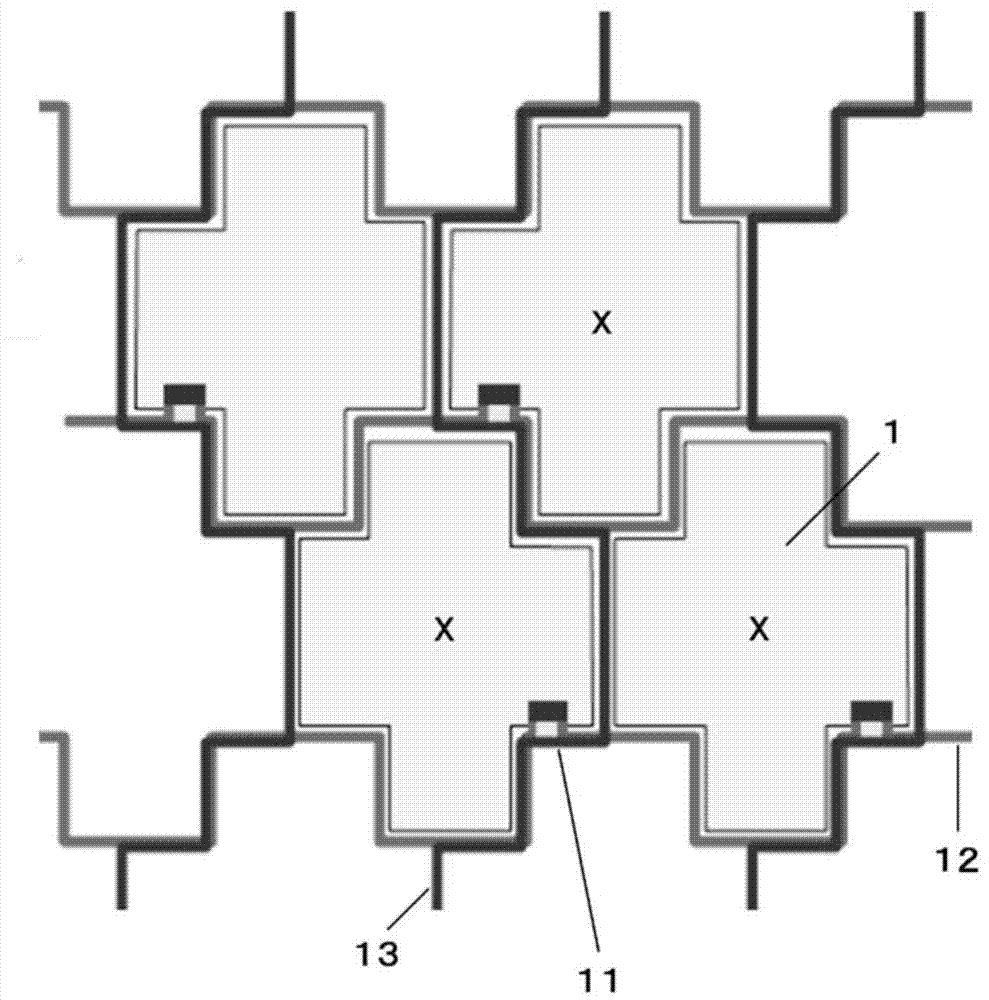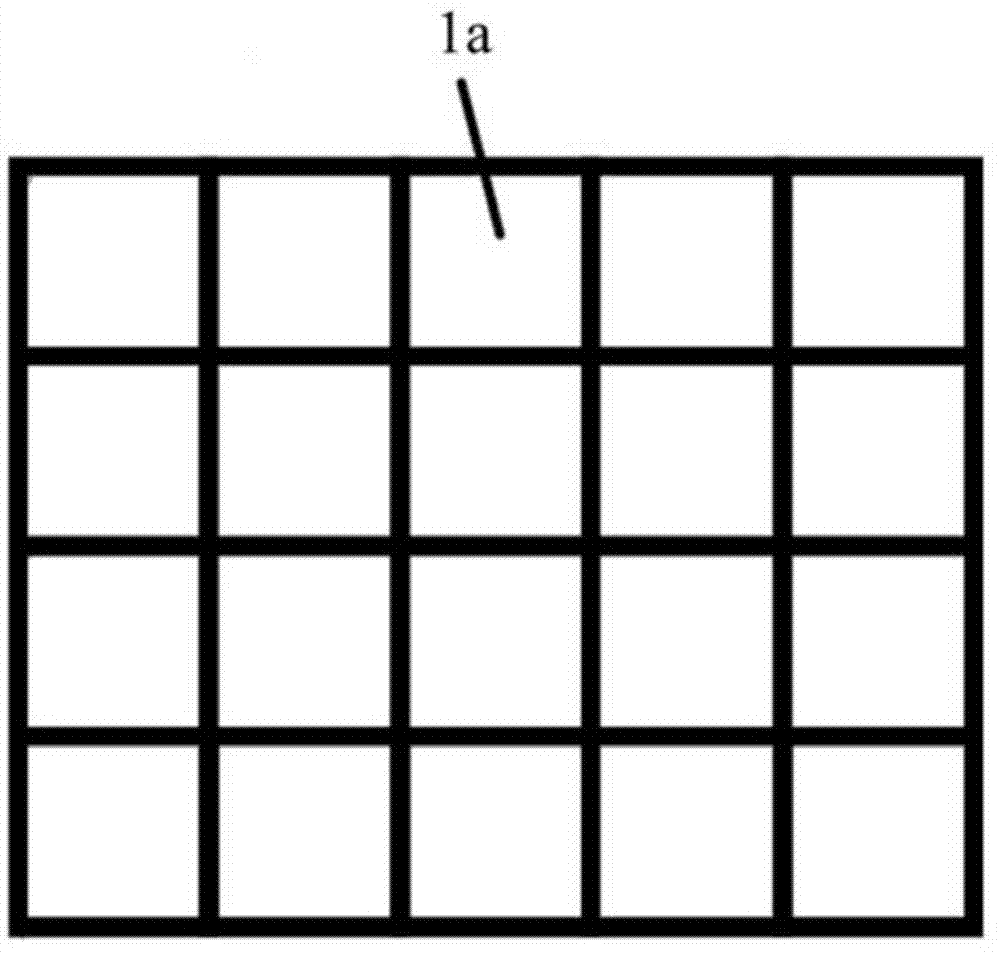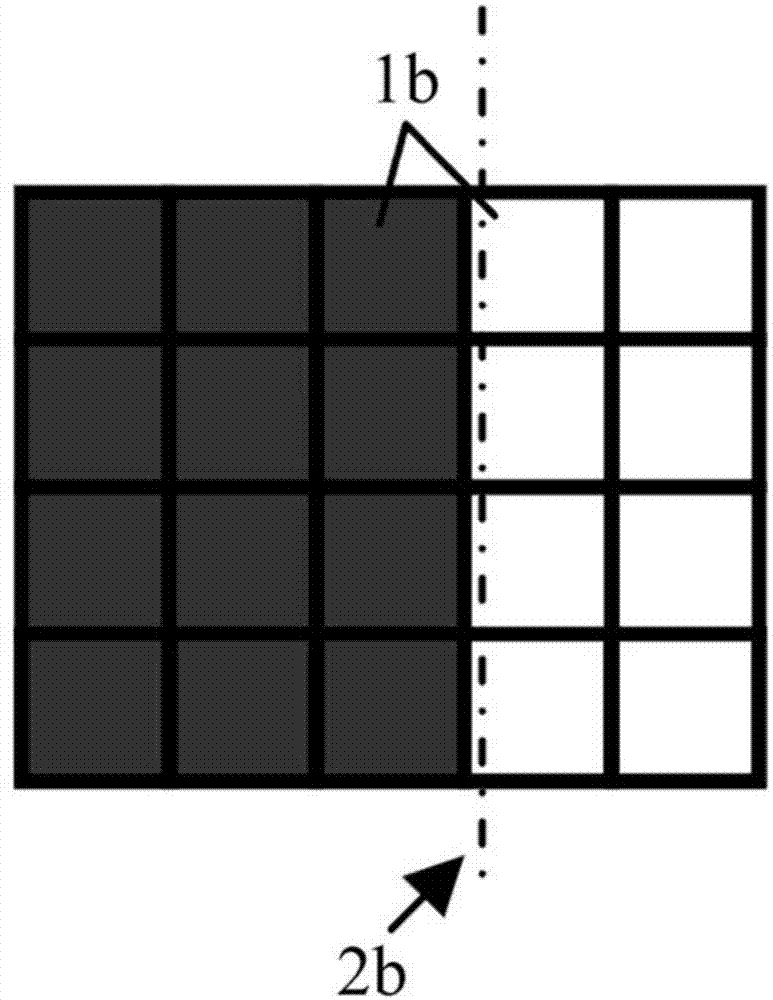Display device
A display device and a technology for displaying images, which can be used in static indicators, nonlinear optics, instruments, etc., and can solve problems such as reducing the quality of displayed images
- Summary
- Abstract
- Description
- Claims
- Application Information
AI Technical Summary
Problems solved by technology
Method used
Image
Examples
Embodiment 1
[0059] refer to figure 1 The structure of the liquid crystal display device in Example 1 of the present invention will be described.
[0060] In the case of a liquid crystal display device, a prescribed voltage is applied to each pixel 1 to drive the liquid crystal, whereby the transmittance of each pixel 1 is controlled. Light emitted from the backlight transmits through each pixel 1 and is emitted from the display surface, so the transmittance of each pixel 1 is controlled, so that the brightness of each pixel can be controlled to display an image.
[0061] A switching element 11 is provided on each pixel 1 to apply a prescribed voltage to each pixel 1 , and a signal voltage of a data wiring is applied through the switching element 11 . Also, the switching element 11 is provided with a gate electrode connected to the gate wiring 12 so as to control the switching element, and ON / OFF of the switching element can be controlled by switching the gate voltage.
[0062] Usually,...
Embodiment 2
[0079] In Example 2 as another embodiment of the present invention, as Figure 7 As shown, like Embodiment 1, the shape of the pixel 2 is cross-shaped, and the pixels are rotated and arranged obliquely so that the array of the centers of gravity of the pixels is changed. As indicated by reference numeral 3a, the pixel array is a square array. In other words, the pixels constitute an array in which the pixels are arranged point-symmetrically in the horizontal row direction and the vertical row direction. Also, the boundaries of these pixels are not straight lines in any direction.
[0080] That is, the centers of gravity of the pixels 2 are arranged in a square array in which horizontal rows and vertical rows of pixels are linearly arranged, thereby providing an advantage that the conversion process from the original image to the displayed image can be compared with the triangular array. Relatively easy to do.
Embodiment 3
[0082] In embodiment 3 of the present invention, as Figure 8 As shown, there is provided an array in which, while setting the pixel shape to the same pixel shape as in Embodiment 1, substitution occurs in the horizontal row and vertical direction in the pixel array. As indicated by reference numeral 3b, the pixel array has a difference of 90 degrees compared with the ordinary triangular array. In other words, the pixels constitute an array in which the pixels are arranged line-symmetrically in the vertical row direction and point-symmetrically in the obliquely upward and obliquely downward directions. Also, the boundaries of these pixels are not straight lines in any direction.
[0083] That is to say, in Embodiment 1, the centers of gravity of the pixels 1 are arranged linearly in the horizontal direction, and in the direction of the vertical rows, the centers of gravity of the pixels are arranged in a zigzag manner, wherein the positions of the centers of gravity of each p...
PUM
 Login to View More
Login to View More Abstract
Description
Claims
Application Information
 Login to View More
Login to View More - R&D
- Intellectual Property
- Life Sciences
- Materials
- Tech Scout
- Unparalleled Data Quality
- Higher Quality Content
- 60% Fewer Hallucinations
Browse by: Latest US Patents, China's latest patents, Technical Efficacy Thesaurus, Application Domain, Technology Topic, Popular Technical Reports.
© 2025 PatSnap. All rights reserved.Legal|Privacy policy|Modern Slavery Act Transparency Statement|Sitemap|About US| Contact US: help@patsnap.com



